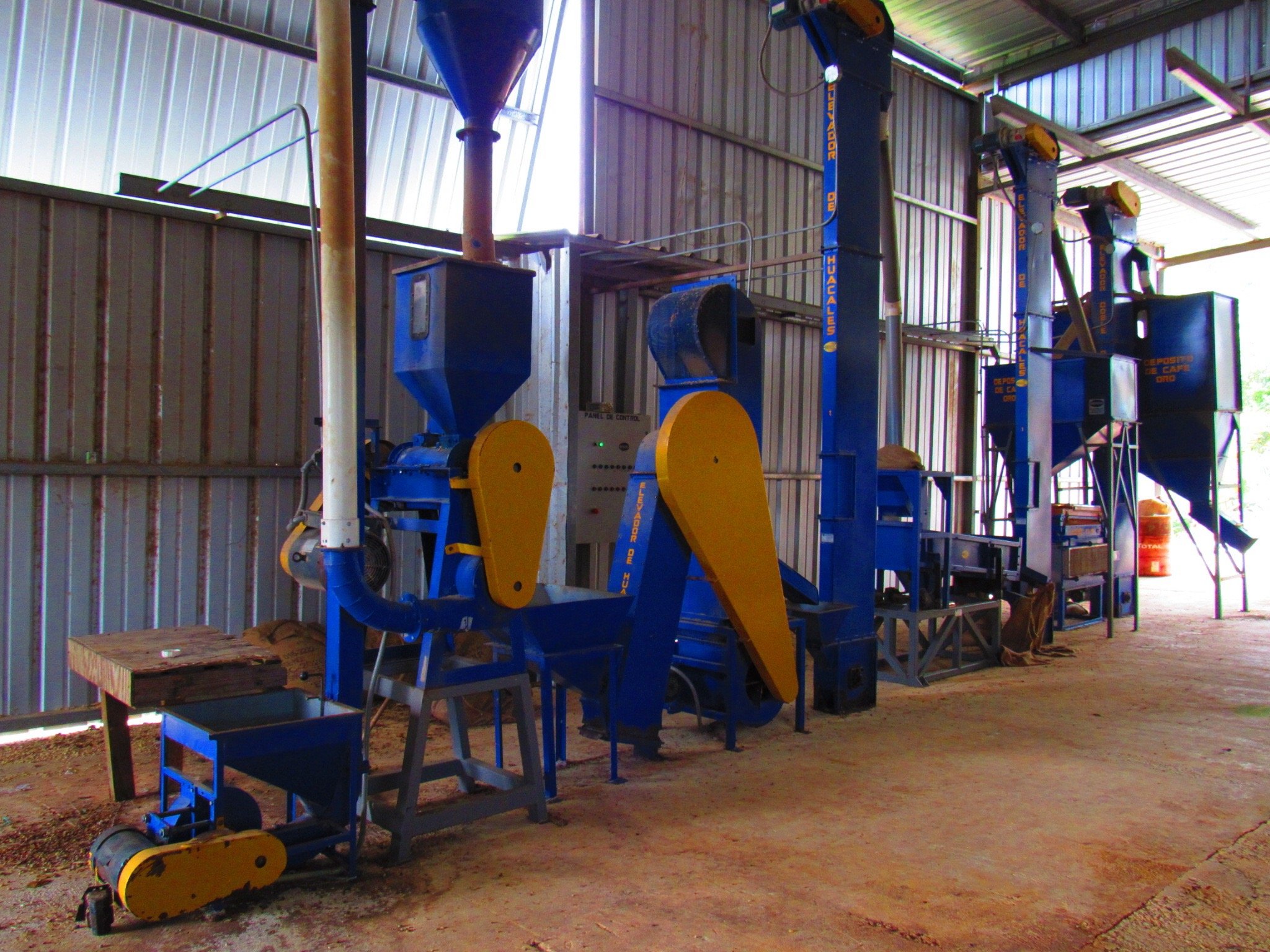“Climate-Smart” Agriculture: What is it?
The term “climate-smart agriculture” was coined in a 2010 UN report. Recently, the Biden Administration announced over $3 billion to climate-smart agriculture programs, including millions to Puerto Rico. Our organization, Forgotten Forest was recently invited to be one of the first pilot farms in Puerto Rico for our local USDA Partnerships For Climate-Smart Commodities program.
BUT, what does the term mean & is there a clear implementation strategy that will produce tangible results for small farmers? Researchers worry there’s little agreement as to what the term means. And, much of the value of the outcomes is tied to “developing markets” — which, supposedly, in the case of Puerto Rico, means producing and selling carbon credits or other “green credits”.
Climate-smart agriculture, as defined by the US Department of Agriculture (USDA), aims to increase agricultural productivity, enhance resilience to climate change, and reduce greenhouse gas emissions. In the context of small-scale coffee farming in the Caribbean, market solutions associated with climate-smart agriculture can indeed promote positive environmental practices over the long term. However, it is important to critically analyze the role of carbon markets in achieving these goals. One, for their viability and the reality of market demand & eligibility. Two, for inclusion and participation of small producers in the downstream benefits of these credits, in contrast to the usual structure, where larger processors, aggregators, and landowners gain the lion's share of value for the practices implemented by their suppliers.
One of the key benefits of market solutions in climate-smart agriculture is the potential for financial incentives. Carbon markets provide a mechanism for producers to earn revenue by reducing their greenhouse gas emissions or sequestering carbon. This can encourage the adoption of sustainable practices such as agroforestry, shade-grown coffee, and improved soil management. By diversifying tree species and maintaining forest cover, farmers can enhance biodiversity, protect water resources, and mitigate climate change impacts.
Furthermore, market solutions can facilitate knowledge transfer and capacity building. Through participation in carbon markets, small-scale coffee farmers can access technical expertise, training, and resources to implement climate-smart practices. This can lead to improved productivity, increased resilience to climate variability, and enhanced livelihoods for farmers.
However, a fair analysis should also acknowledge the limitations and challenges associated with carbon markets. Firstly, the effectiveness of carbon markets in achieving long-term environmental benefits is debated. The focus on carbon sequestration may overshadow other important environmental aspects, such as water conservation, soil health, and biodiversity conservation. This narrow focus may not address the broader sustainability goals of small-scale coffee farming in the Caribbean.
Additionally, carbon markets can be complex and costly to participate in, particularly for small-scale farmers who may lack the necessary resources and technical capacity. The costs associated with measuring, reporting, and verifying emissions reductions can be burdensome, potentially excluding small farmers from participating. It can also be challenging to trace back the proportional contributions and benefits of individual small farmers, since most smallholders sell their raw inputs to larger facilities, which blend them all together. This raises concerns about equity and the potential for market solutions to exacerbate existing inequalities within the agricultural sector.
Moreover, carbon markets are subject to market fluctuations and uncertainties. The value of carbon credits can vary over time, and between jurisdictions, which may undermine the financial incentives for farmers. This volatility can also discourage long-term investments in sustainable practices, as farmers may prioritize short-term economic gains over environmental considerations. For this reason, I think the USDA has the right idea in piloting initiatives to brand “climate-smart” as a more modern and evolved version of other certificate or seal programs like “certified organic”, “certified fair trade”, etc— instead, these seals will be verified through technology solutions provided by companies like SustainCert (the entity tasked with a Doing so for the pilot in Puerto Rico).
In conclusion, I believe the climate-smart agriculture program has the potential to do a lot of good in Puerto Rico. However, significant efforts need to be made early to structure the program in a way that is equitable and inclusive. It is crucial to ensure that market solutions align with broader sustainability goals, is accessible to small-scale farmers, and provide long-term financial incentives to support positive environmental practices.
We're excited to participate and observe how this unfolds. We are just in the beginning of a five-year process, so I’ll share more soon.

